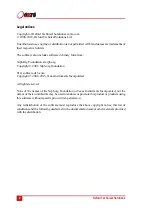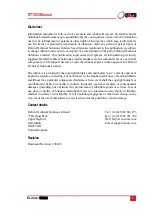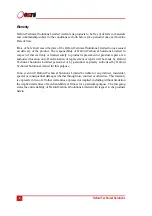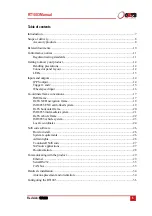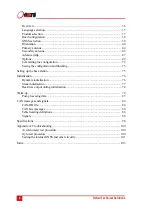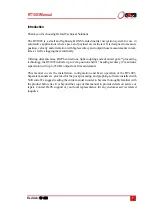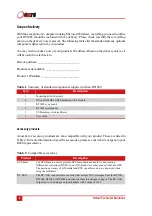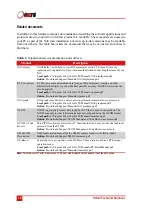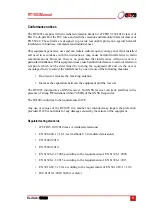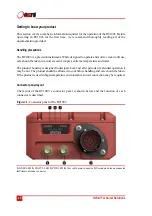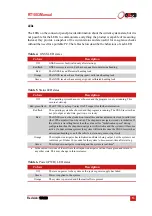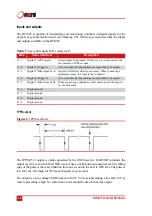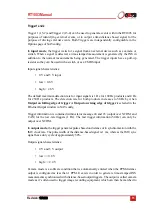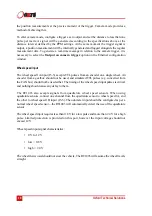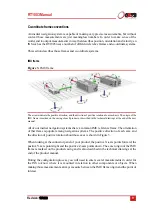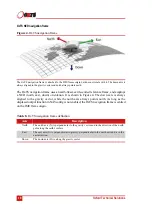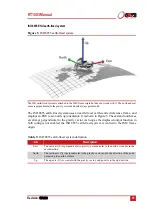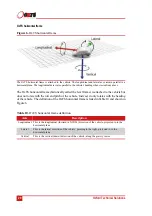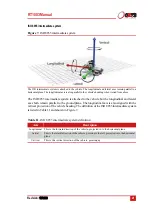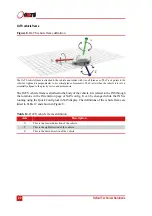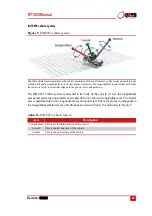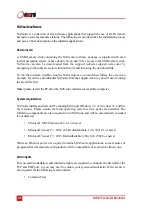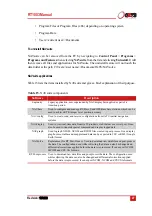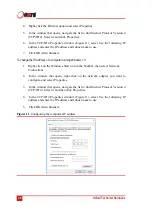
RT1003 Manual
Revision:
190628
15
Trigger 1 and 2
Trigger 1 (J5-2) and Trigger 2 (J5-4) can be used to generate events within the RT1003 for
purposes of identifying external events, or to output a time/distance based signal for the
purpose of driving external events. Both Triggers are independently configurable in the
Options page of NAVconfig.
In
input mode
, the trigger waits for a signal from an external device such as a camera or
switch. When a signal is detected, a time-stamped measurement is generated by the INS in
addition to the normal measurements being generated. The trigger inputs have a pull-up
resistor so they can be used with a switch or as a CMOS input.
Input signal characteristics:
• 0 V and 5 V input
• low < 0.6 V
• high > 2.6 V
The default maximum detection rate for input signals is 1 Hz for 100 Hz products and 4 Hz
for 250 Hz products. The detection rate for both products increases to 50 Hz by when
Output on falling edge of trigger
or
Output on rising edge of trigger
is selected in the
Ethernet Output window in NAVconfig
Trigger information is contained within status message 24 and 43 (output over NCOM and
CAN) for the low-rate triggers (1 Hz). The fast trigger information (50 Hz) can only be
output over NCOM.
In
output mode
, the trigger generates pulses based on distance or in synchronisation with the
IMU clock rate. The pulse width of the distance-based signal is 1 ms, whereas the IMU sync
signal has a duty cycle of approximately 50%.
Output signal characteristics:
• 0 V and 5 V output
• low <= 0.8 V
• high >= 2.4 V
Camera mode is a software condition that is automatically entered when the PPM distance
output is configured as less than 1 PPM. It exists in order to generate time-stamped INS
measurements synchronised with distance-based output triggers. The output is called camera
mode as it’s often used to trigger image recording equipment, which can then be matched to


